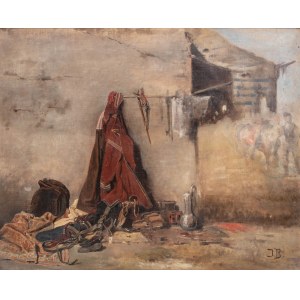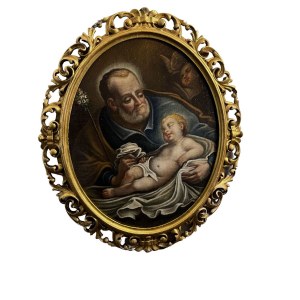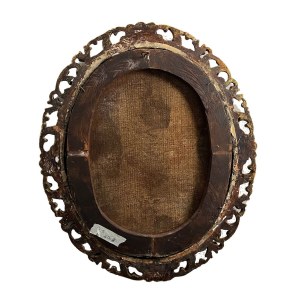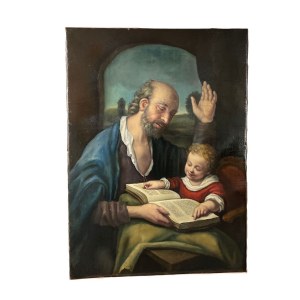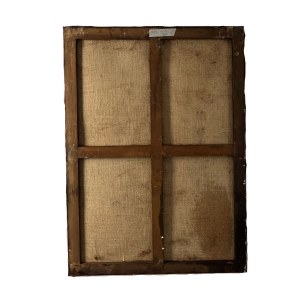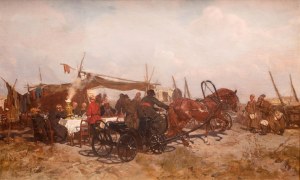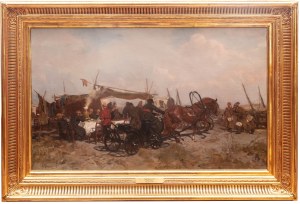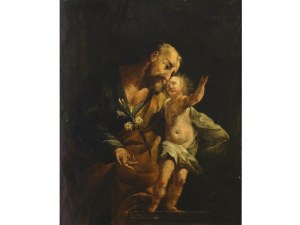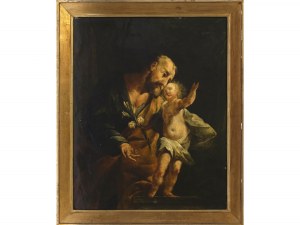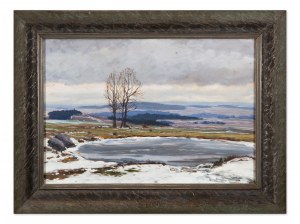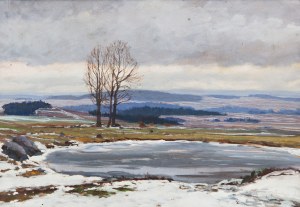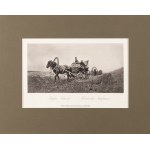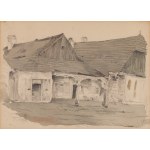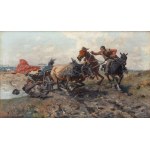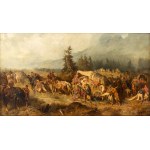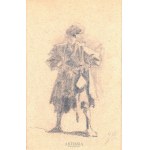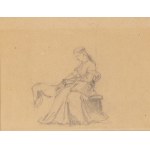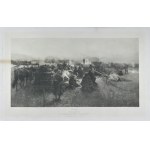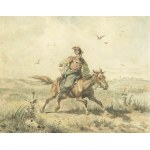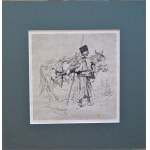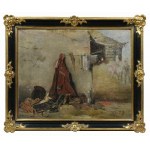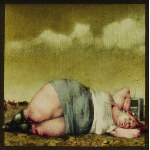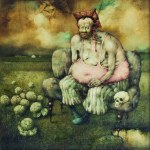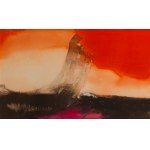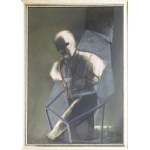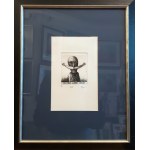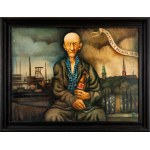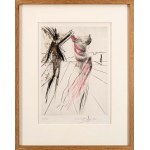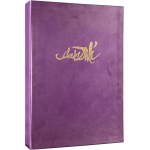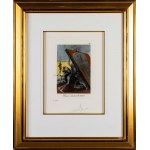oil, canvas, 49 × 60.5 cm
p. d.: "JB" (monogram)
On the reverse a sticker from the Society for the Encouragement of Fine Arts (partially damaged): Author: Jozef Brandt, Title: Fragment of the painting "Fair in Balta" Type of work: ol. on canvas and stamp: Malerleinwand Fabrik/von A. Schutzman/ in Munchen.
Provenance:
- Collection of A. Szperowa (at least until 1926).
- private collection, Poland
Exhibited:
- "Group exhibition of works by Józef Brandt", Warsaw TZSP, 1926.
Inscribed:
- "Collective exhibition of works by Jozef Brandt", Warsaw TZSP, 1926, cat. no. 78, p. 19.
Attached to the painting is a copy of the opinion of Jacek Malczewski Museum's Senior Custodian in Radom
Zofia Katarzyna Posiadała dated 2002.
The work by Józef Brandt presented at the auction, Fragment of a painting "Fair in Balta", is most likely a study for the work "Horse Fair in Balta" from 1880. The first mention of this monumental work appeared in 1876, the painting was still seen by Jozef Ignacy Kraszewski in the artist's studio at the time of its creation. After the work had already been presented to a wider audience, a torrent of only positive reviews and admiration among the public descended on Brandt.
In this composition Brandt depicted a scene taking place at a horse fair in the Ukrainian town of Balta on the Kodyma River. It was the aftermath of the artist's trip to the borderlands in 1874. The artist returned to the theme of fairs more than once, creating scenes that were amazing in their expression, delightful in rendering even the smallest details - "Brandt, though a royal, born in the Lublin countryside, knew Ukraine from childhood, and later, together with Kossak, often made expeditions to that area to study painting in Balta at horse fairs and in the steppes. Brandt became soaked in Ukraine and the steppe, he grasped all the picturesqueness of those lands and people, he still saw colorful Cossacks in the manor houses, as a trace of the old regency Cossacks, and all these direct impressions, melted in his imagination together with legends and diaristic literature of the 17th century, he introduced into art as a motif of his paintings. A whole series of paintings with Cossack themes were created under the artist's brush." (Stefan Popowski in: "Collective Exhibition of Works by Jozef Brandt", exhibition catalog, Warsaw 1926, p. 12)
When painting unusually elaborate scenes, the artist often prepared many studies, both in oil and drawings, an example of which is the work presented in the catalog. Against the background of a gray wall one can see seemingly haphazardly unfolded objects. There is a carelessly rolled patterned carpet, a leather yucca, a row of horses with a saddle, sketchily framed dishes. Above, a maroon coat, with embroidered stripes, hangs on a rod; next to it one can see a hanging rod and a rock pistol. To the right, a sketchily framed figure of a man leading a horse can be seen. It can be assumed that the "models" in the work on display were historical props collected by Brandt.
Brandt's Munich atelier, located on the corner of Schwanthaler and Goethestraße, consisted of four rooms. Each individual space was filled with a rich collection of weapons, armaments, costumes, harnesses, furniture, musical instruments, documents, and photographs. The multitude of these props infuriated everyone who visited the workshop, making the place appear as a kind of museum. Surviving photographs show whole collections of historical objects, piled up against the walls or emerging from under garlands of patterned fabrics. On the easel one can see already finished paintings framed in magnificent frames. Jozef Ignacy Kraszewski wrote about the master's studio as follows - "It (the studio) is spacious and with great taste and fantasy, picturesquely very pampered. Two parlors for work, decorated with ancient monuments, equipment, sculptures, memorabilia, armor, connected with each other, constitute the atelier proper. From these one enters a tent-shaped study, garnished with the very weapons, saddles, horse paraphernalia, armor and so on. Here are seats of high price and immeasurable rarity today, whole, set up with real amateurism (...)" (Jozef Ignacy Kraszewski, "Letters of J.I.Kraszewski, Munich in October 1876", "Kłosy" 1876, no. 591, p. 274. quoted [in:] Agnieszka Bagińska, "Museum complete a for the painter directly invaluable, Jozef Brandt's Munich studio and his collection of historical props" in "Jozef Brandt 1841-1915" exhibition catalog, Warsaw 2018, p. 113).
Recently viewed
Please log in to see lots list
Favourites
Please log in to see lots list



